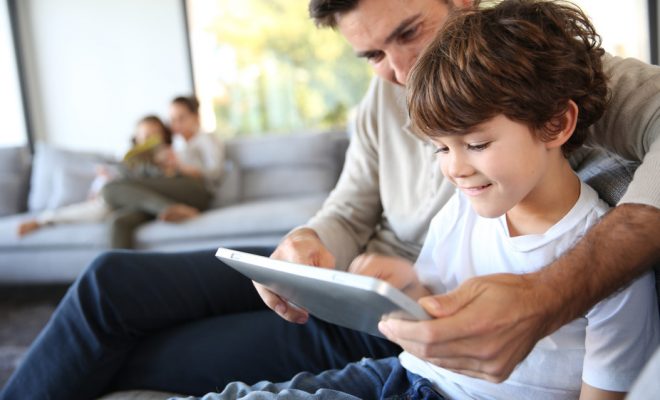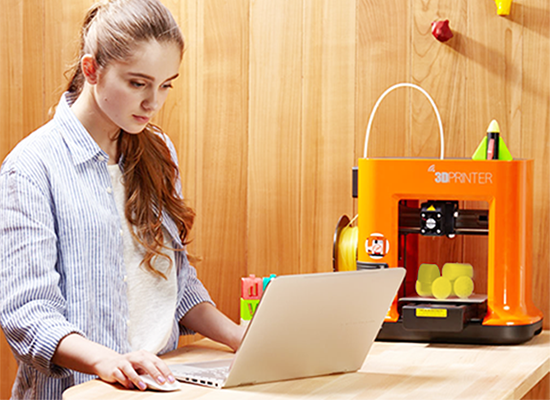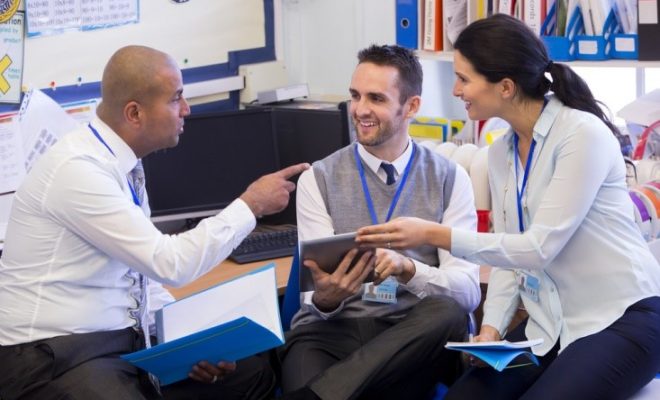How EdTech Can Be Used to Alleviate Inequalities in the Classroom

As technology becomes more accessible to more students, thanks to schools investing in more 1 to 1 initiatives, it becomes important to recognize the ways in which teachers can leverage that technology to equalize all the inequalities that students face. Technology is a wonderful tool that can help level the playing field and increase student opportunities.
- It Can Bridge the Gap for Students with Learning Disabilities
Technology offers countless opportunities for helping connect special education students with the curriculum. Students who have trouble reading, for example, can download apps on a tablet or computer that will read along with them, auditorily reinforcing the words as the student him- or herself reads them. Other ways that technology can bridge the gap for LD students include:
- Electronic math worksheets for students with dysgraphia and other math-based challenges can help students organize, align, and work through math problems in ways that will help keep them organized and on-track. Numbers can also be read aloud to the students, which can help them keep the digits straight.
- Talking calculators, similarly, read each number and operation aloud to help students process math problems through two modalities.
- Graphic organizers and outlining are great for students who have trouble processing large amounts of information at a time. They are also helpful for organizing writing, a skill that can seem daunting for students with certain types of learning disabilities.
- Word processing can help students who may have trouble writing. Many word processing programs come with talk-to-text options, which is a helpful scaffold for students who struggle with translating their thoughts into writing, whether for short-answer items or for essays.
- Talking dictionaries and spell-checkers are ideal for students who struggle with dyslexia and other word-based disabilities. Some can search for proper spellings of words based on a word’s initial sounds, which can be helpful for students who struggle with words and spelling.
- It Can Help Equalize Experiences for Economically Disadvantaged Students
Many times, students who are economically disadvantaged are not privy to the same life experiences as their peers whose families are financially stable. And while a visit to a museum or a trip to the beach may seem, in the grand scheme of a childhood, somewhat insignificant, the lack of these experiences accumulates until some students have much narrower worldview than their peers. Technology can be used to equalize this disparity:
- Google maps and similar apps can help students explore the world, even when their parents’ budget seems prohibitive. Language teachers can bring students into the countries and cultures they are teaching, showing students the world around them. And while some students may be fortunate enough to visit the countries in person, these tools give the economically disadvantaged student the experience of seeing foreign cultures and a perspective outside their own hometown. This can help them understand cultural lessons and historical contexts in a richer, deeper way that may have previously eluded them.
- Teachers can take advantage of online and digital tours of museums and historic Students who previously had no experience with art or culture or who cannot afford the admission to cultural experiences can still participate with the help of classroom edtech. Seeing masterpieces is as easy as the stroke a few computer keys; listening to an opera as close as the nearest set of classroom headphones. Students’ experiences will be much more similar, and the learning gap will begin to close.
- For some students, school may the only place where they have the opportunity to experience technology at all. This in and of itself is an equalizer, in that technology is an essential and necessary skill in the 21st century. Students need to understand use technology in virtually every career field, and gaining early and consistent access to it will help them be competitive with the peers after graduation.
These are only a small sampling of the ways in which technology evens the playing field for students in education – and beyond. Students with physical disabilities, for example, will similarly benefit from assistive technology. Technology has so many implications for speaking for students who cannot, translating for students who cannot hear, and bringing students who are unable to leave their home into the classroom with their peers. Technology can help students see the world in new ways, and can help students achieve at their highest capacity, no matter what challenges they may face.
Integrating technology into classrooms is one more way that education lifts kids up to realize their full potential and positively impact the world around them.






